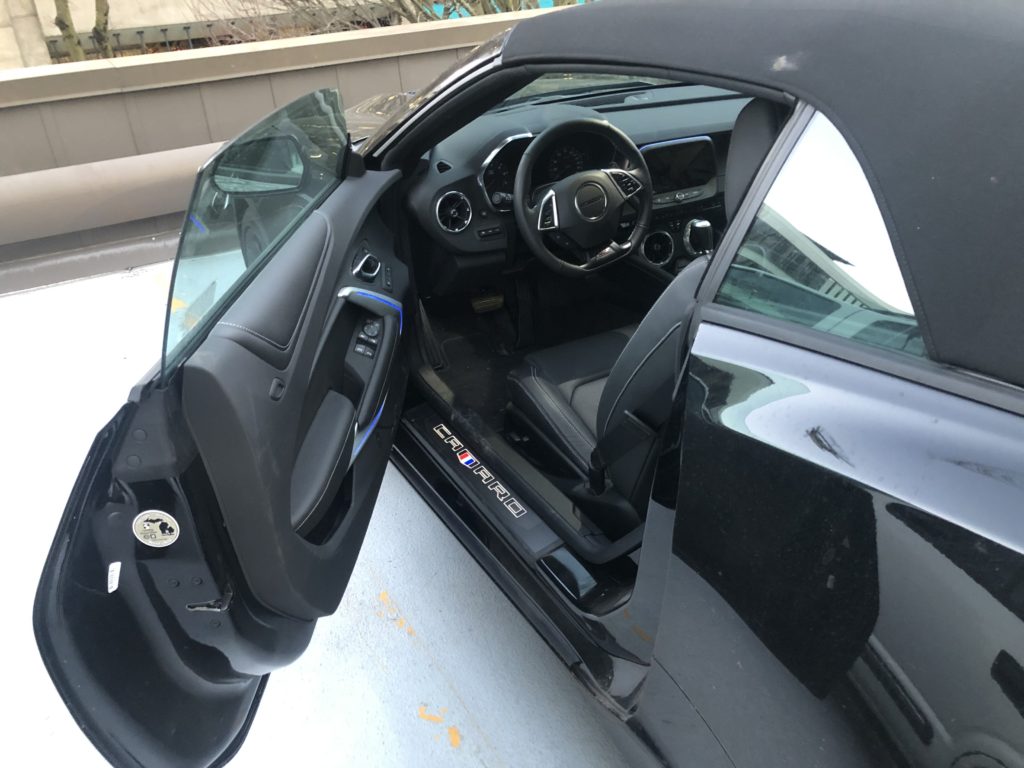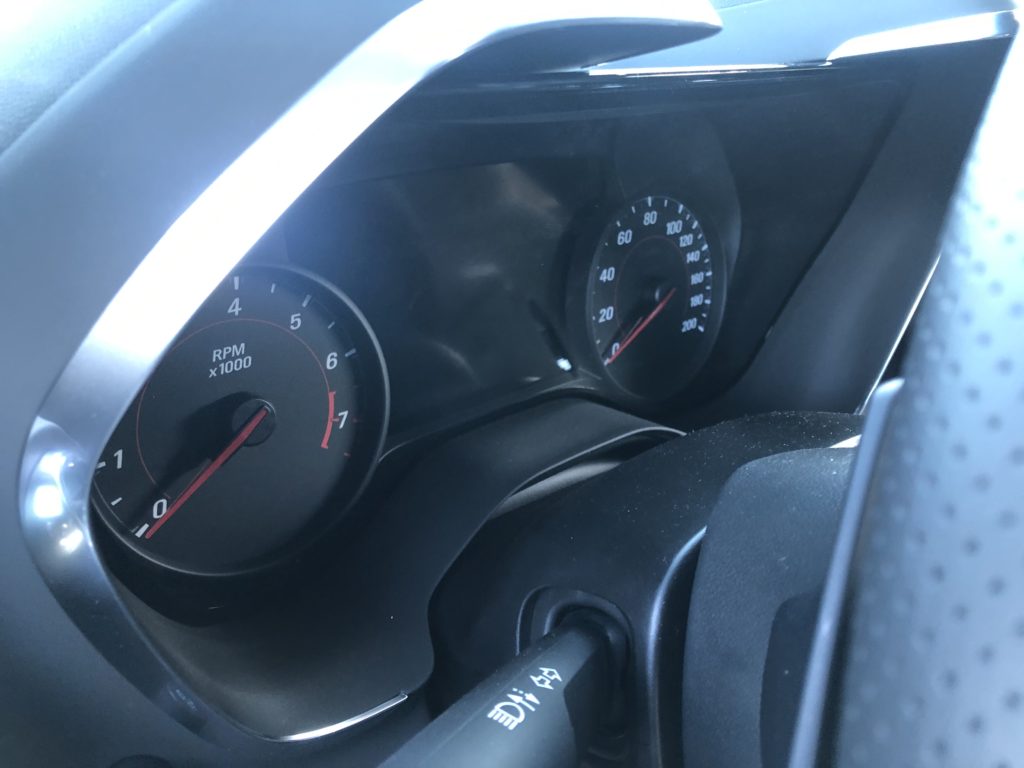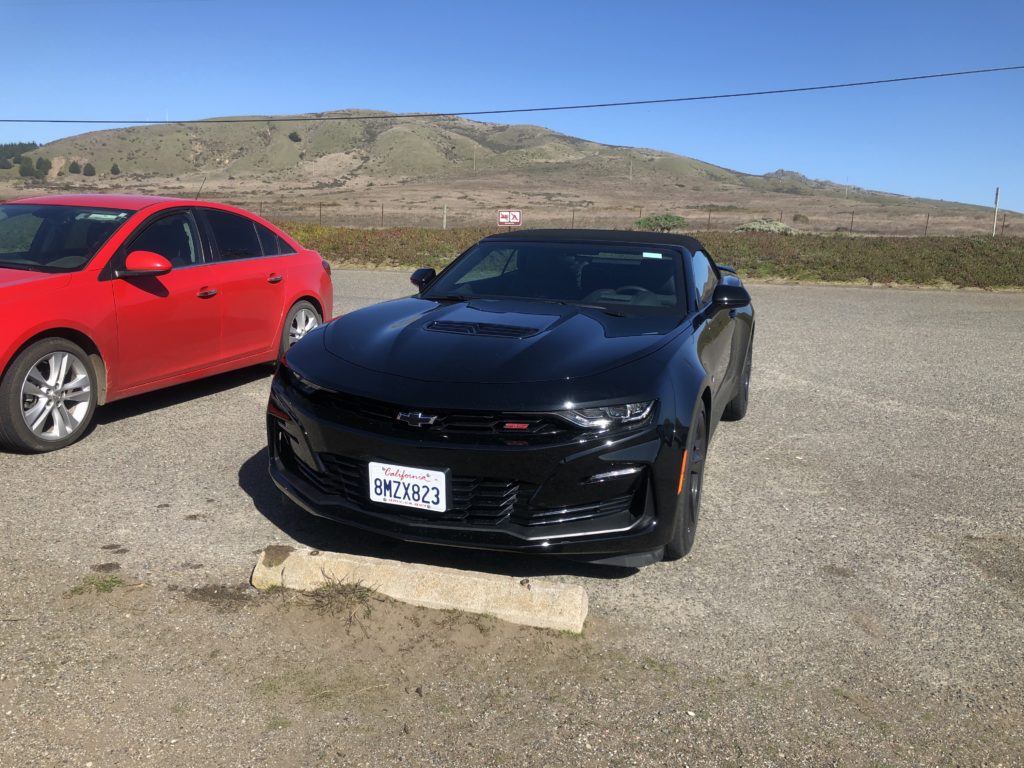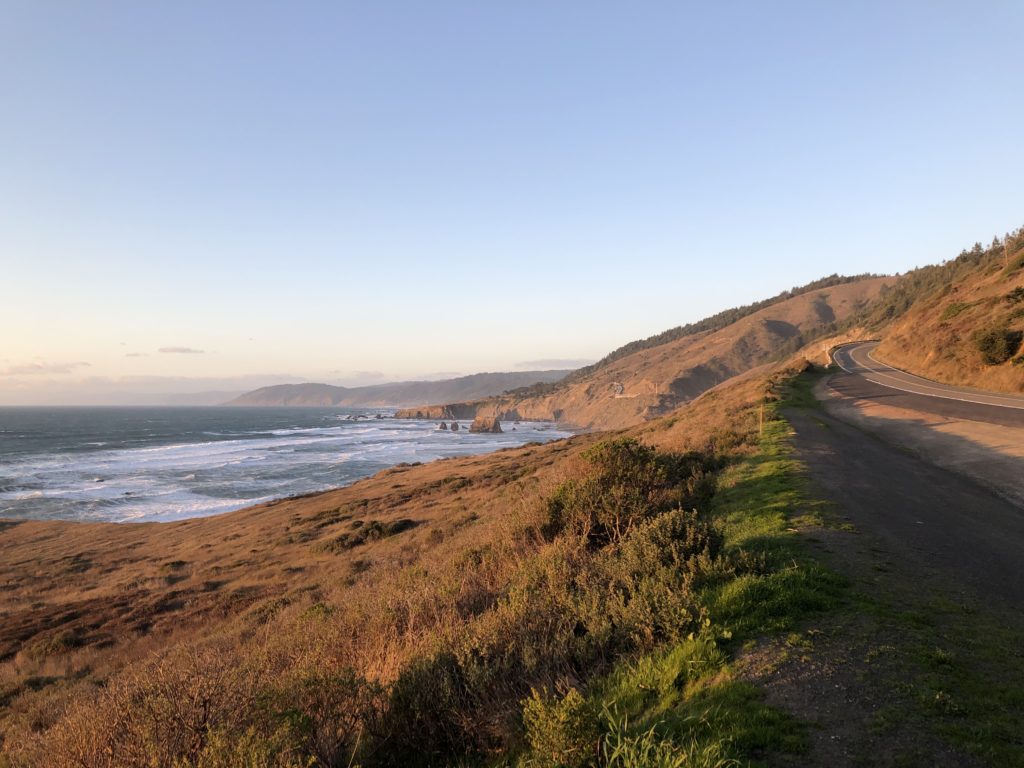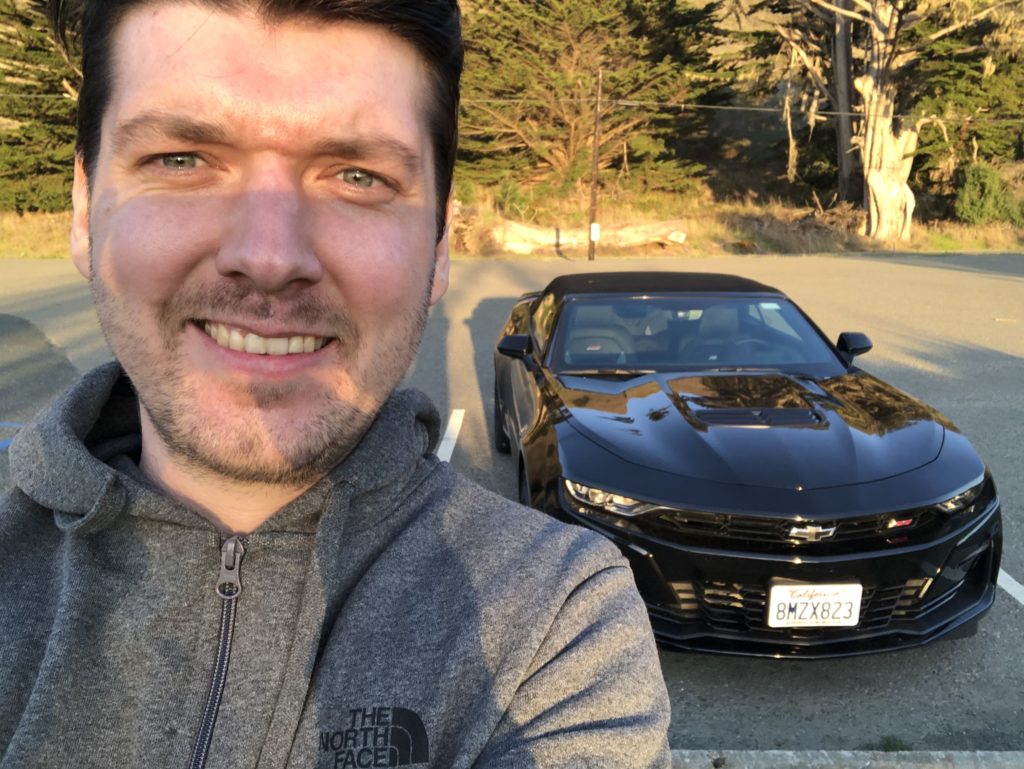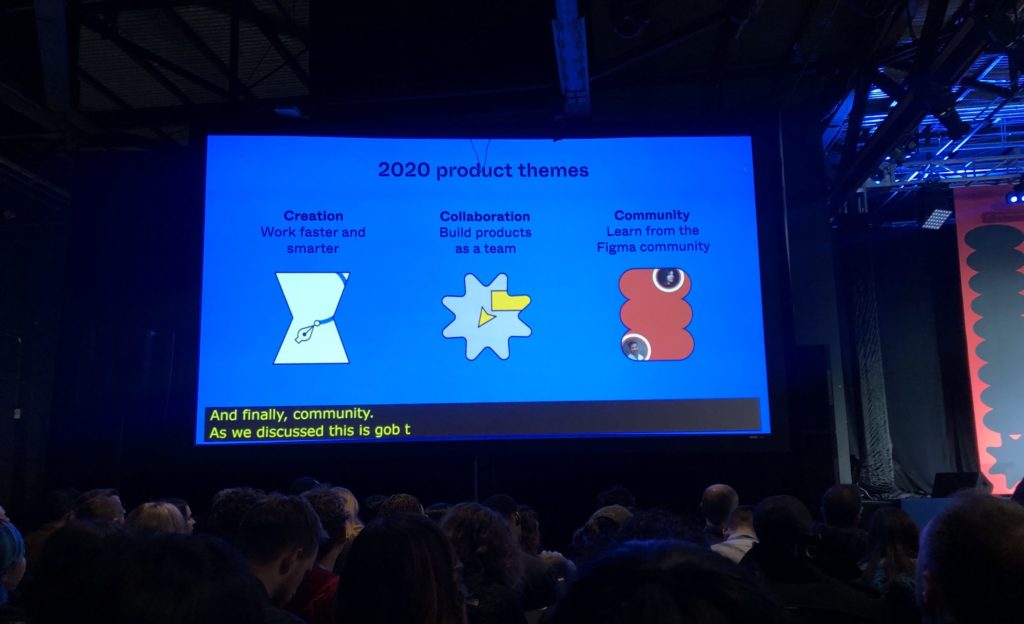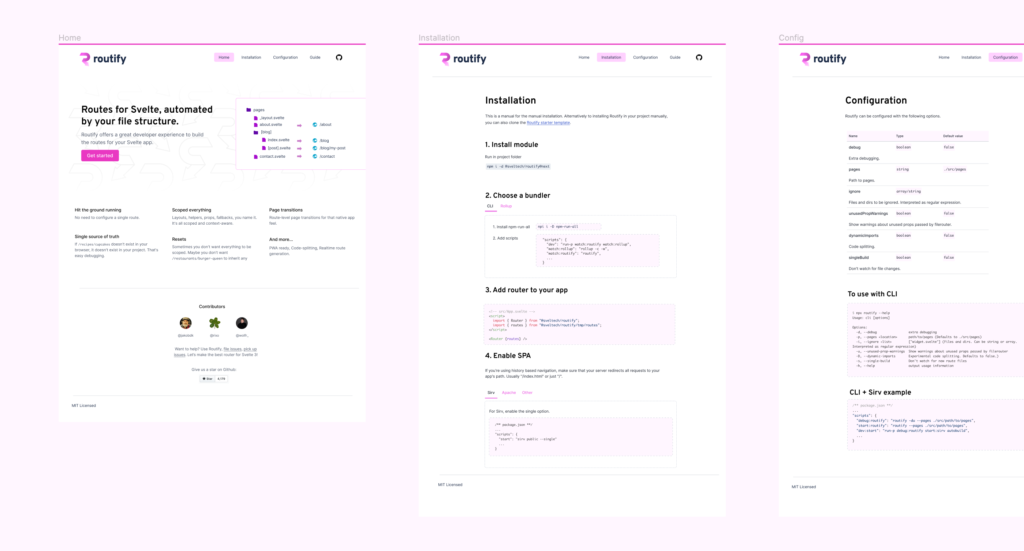Ik las zondag een artikel van Monzo, over hoe zij het sollicitatie proces voor designers aanpakken. Twitter stond in vuur en vlam, want er had iemand gezegd dat het een belachelijk proces was (zie tweet), niet echt met een argumentering, gewoon een uitlating. En onder die tweet stonden dan veel gelijkgestemden: ja, dat kan toch niet, wat is dit voor proces, wat doen ze die sollicitanten toch aan?
Een designer die ik erg respecteer noemde het zelfs een ontmenselijkend proces. Weet je, ontmenselijken, dat is iets voor in een concentratiekamp, dat is niet het juiste woord voor een lang sollicitatieproces met een proef.
Toen ik het initiële artikel las, had ik zelf had zoiets van: hmm – ik lees hier een soort reflectie van ons eigen hiring proces bij Mono. Weliswaar een uitgebreidere versie van het proces, maar wel met veel parallellen.
Ik heb ook al eens een sollicitant gevraagd om een proef te maken. Wij laten mensen ook met meerdere personen praten. Wij proberen ook een culture fit te vinden door gerichte vragen te stellen. Wegens de overwegend negatieve reacties op het artikel ben ik dan beginnen graven en vragen stellen.
Waarom uitten designers die ik doorgaans heel erg vertrouw zich zo negatief t.o.v. dit artikel? Zit het dan fout met ons eigen proces? We hebben vorig jaar erg hard gezocht naar uitbreiding voor ons team en we zijn uiteindelijk geland op niemand nieuw in ons team. We hadden een heel goed jaar, met een vertrouwensopbouw en samenwerking in het team van hier tot in Tokio (wel, Barcelona eigenlijk), maar bij de personeelsteller is er niemand bijgekomen. Er is zelfs eentje afgegaan.
Als ondernemer denk je al eens na over het succes van je bedrijf in aantal mensen. Dat is compleet fout, maar het is de menselijke natuur om jezelf te vergelijken met anderen. Ik zie een gelijkaardig bedrijf op korte tijd groeien naar bijna twintig man, en ik heb daar veel gedachten over. Ik heb die situatie al eens gezien, en die is toen compleet misgegaan, dus ik ben daar redelijk weigerachtig tegenover. Nee, ik doe het liever zoals een Clearleft. Traag maar gestaag.
Maar ik wil wel groeien. Ik wil wel vooruit. Dus dan denk je ook eens na: aangezien we niemand gevonden hebben, ligt het dan aan het proces? Zijn wij gewoon te kritisch? Of wat is het nu juist?
Ik keek net naar een video interview met Bart De Waele op TechMag. Ooit heb ik van Bart de kans gekregen om in zijn bedrijf te beginnen. Ik was 18 jaar en ik had geen diploma. In mijn interview heb ik mijn website getoond en moest ik antwoorden op de vraag hoe ik een ongeordende lijst in HTML zou formatteren. Dat was het, en ik mocht beginnen.
Ik heb er enorm veel bijgeleerd en nu ben ik misschien één van die mensen die hij nu als concurrentie beschouwt (alhoewel ik wel denk dat wij met ons kleine bureau van 5 personen wel wat anders gepositioneerd staan dan Duke & Grace). Mijn interviewproces was minimaal.
Wij hebben al kandidaten gemist door te lang te twijfelen. Wij stellen onze eigen processen continu in vraag. Te veel proces is ook niet goed. Een designer merkte op op Twitter dat als het hiring proces overengineered is, dat de rest van het bedrijf wellicht ook zo is. Ik zie wel iets in deze logica.
Tegelijk vind ik het niet echt abnormaal om voor een fundamentele keuze als een nieuwe job door een proces te gaan. Beide partijen leren elkaar kennen. Een half uurtje bellen via Zoom. Een real-life gesprek. Een vragenlijst invullen. Je portfolio en/of design files presenteren. Dat lijken mij logische zaken.
Als je sommige tweets leest lijkt het wel alsof enige vorm van werk van de sollicitant er te veel aan is. Vergis u niet, voor de andere kant is elk werk dat gecreëerd wordt in het proces ook werk, en bestaat dat stukje van het process omdat die andere kant (ik of mijn collega Xavier dus) denkt dat er een fundamentele waarde zit aan dat stukje van het proces. Wij bedenken geen lang proces voor ons eigen plezier. Het proces dient om te valideren of iemand bij het team zou passen. En in dat proces krijgt de persoon de kans dat voor zichzelf ook te valideren.
Het maken van een proef, daar kan lang over gedebatteerd worden. Hoe beter iemand zijn portfolio is, hoe minder nodig het is om bewijs te leveren. Hoe duidelijker het is dat iemand zijn portfolio volledig zelf gemaakt is, hoe beter. Als designer kan je je ook gemakkelijk verbergen achter groepswerk.
Een lange proef die ávonden inneemt, daar ben ik sowieso tegen. Ik denk dat het stuk over de proef het meest problematische was geformuleerd in het initiële artikel en dat daar vooral stevig op werd gereageerd. Ik kan me inbeelden dat enkele designers dan terug denken aan die proef waar zij op gezwoegd hebben en die dan gevolgd werd met een erna een botte weigering. Dat maakt het heel persoonlijk. En dat maakt dit onderwerp ook licht ontvlambaar.
Met het risico nu slechte reclame te hebben gemaakt voor Mono, nodig ik geïnteresseerde interface designers toch uit om in de pen te kruipen en te solliciteren. Bekijk onze jobs, laat iets weten, en ik beloof om transparant te zijn over welk proces er volgt.
Ik ben ook nog steeds benieuwd naar meer meningen over het sollicitatieproces van Monzo, en meningen over goede sollicitatieprocessen in het algemeen. We kunnen allemaal maar bijleren!
